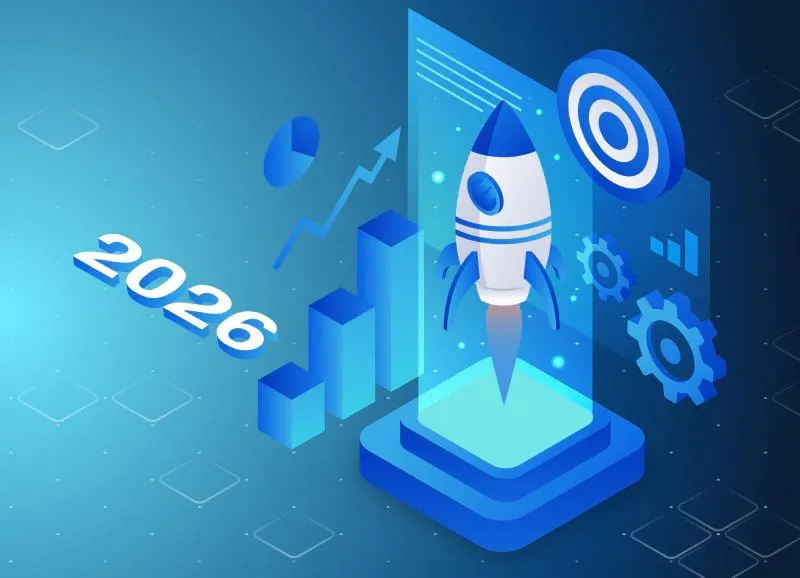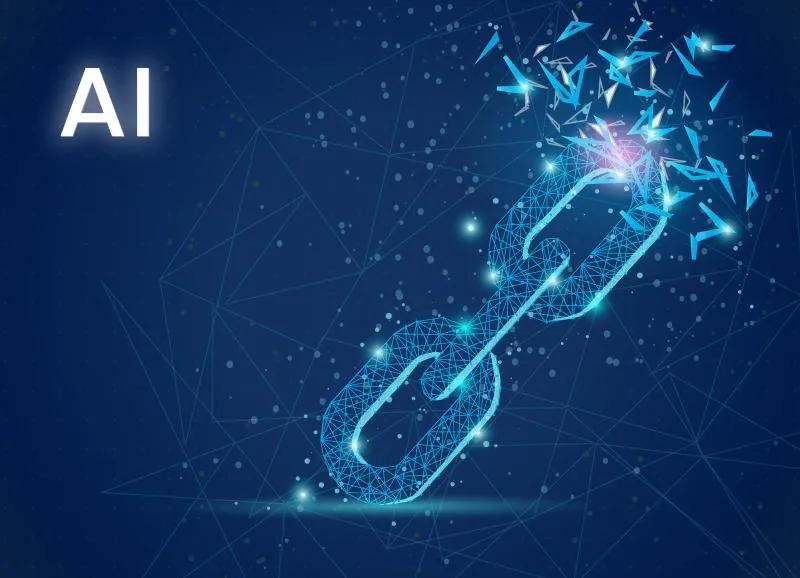The Future of Marketing Operations: Trends to Watch in 2026 and Beyond
Jun 25, 2025 | 4 min read

Marketing operations has never been more important — or more complex. What started as a behind-the-scenes support role has evolved into the central nervous system of modern marketing teams. And in 2026, that evolution is accelerating.
Today’s MOPs leaders are no longer just automation experts. They’re technologists, strategists, and stewards of data. As marketing becomes more connected, predictive, and measurable, marketing operations is being tasked with building the infrastructure that makes it all work.
Sowhat’s next?
In this article, we’ll break down the key marketing operations trends to watch in 2026 and beyond. Whether you’re scaling a SaaS company, leading a B2B team, or running marketing for a tech consultancy, these shifts will impact how you build, lead, and measure.
AI Will Move from Automation to Intelligence
AI in marketing isn’t new. But what’s changing is how AI is being used — not just to automate tasks, but to enhance strategy.
We’re moving from rule-based workflows to adaptive, decision-support systems. AI is helping MOPs teams identify trends, predict pipeline outcomes, and optimize campaigns in real time.
What to Expect in 2026:
- Predictive lead scoring will be based on behavioral and firmographic patterns across platforms.
- AI-powered campaign builders will suggest audience segments, timing, and creative assets based on past performance.
- Generative AI tools will support dynamic content creation for emails, ads, and landing pages — tailored in real time.
This doesn’t mean machines are replacing marketers. It means MOPs professionals will focus less on building the logic and more on curating the outcomes.
If you’re not evaluating your current stack for AI-enabled features now, you’ll be playing catch-up soon.
Data Integration Will Shift from Plumbing to Performance
Disconnected systems are one of the biggest challenges for B2B marketing teams. Data lives in silos — CRM, Marketing Automation Platform (MAP), intent tools, web analytics, customer success platforms — and integrating them has historically been a painful, technical slog.
In 2026, that changes.
MOPs teams will shift from building pipelines to leveraging platforms that create unified, usable data across systems. Integration becomes less about syncs and more about insight readiness.
What to Expect in 2026:
- Middleware tools like Segment, Hightouch, and Census will become more common in marketing stacks.
- Composable CDPs will enable teams to define customer data models without relying entirely on IT.
- Enterprise platforms from partners like Salesforce and Adobe will continue to define the foundation for scalable marketing operations. Their ecosystems offer powerful native integrations, AI-powered automation, and content ops tooling that help teams activate data and accelerate execution.
- Explore Adobe GenStudio for modular content delivery
- Explore Salesforce Marketing Cloud for campaign orchestration and data unification
- RevOps, SalesOps, and MOPs will align around a single data architecture — finally.
The result? Faster campaign launches, better attribution, and cleaner reporting. Data becomes an asset, not a project.
Ops Teams Will Build with a Product Mindset
Marketing operations has traditionally functioned like internal IT — reactive, ticket-driven, and tactical. But in the next phase, successful teams will behave more like product managers.
That means thinking in terms of systems, usability, and iteration.
Instead of one-off requests, MOPs will build scalable frameworks: onboarding flows, campaign templates, automated QA checklists, and modular tech stacks. These aren’t just tools — they’re products built to serve internal teams.
What to Expect in 2026:
- Ops teams will run internal roadmaps, with stakeholders, sprints, and feedback cycles.
- “Marketing as a service” will become formalized, with SLAs and service catalogs.
- Playbooks and process documentation will evolve into scalable internal platforms.
By adopting a product mindset, MOPs teams not only increase efficiency — they earn greater strategic trust across the business.
Attribution Will Get Smarter (and Simpler)
Attribution has long been a mess. Too many models, too little agreement, and too much time spent defending reports instead of acting on them.
But that’s starting to change.
In 2026, smart attribution isn’t about choosing the “perfect” model. It’s about aligning stakeholders around a shared set of truths — and using data to guide action, not argue.
What to Expect in 2026:
- Multi-touch attribution will become more accessible through built-in tools in Marketing Automation Platform (MAP) and CRM systems.
- AI will help identify influence patterns instead of forcing rigid first- or last-touch models.
- Teams will track fewer metrics — but with more confidence and clarity.
The best MOPs leaders will stop chasing attribution perfection and start focusing on influence, impact, and investment logic.
Revenue Ops Will Continue to Converge with Marketing Ops
The line between marketing ops and revenue ops is blurring — fast.
As MOPs teams take on more responsibilities related to data, reporting, and pipeline health, they increasingly find themselves collaborating (or colliding) with RevOps functions.
The most effective organizations in 2026won’t see these as separate teams. They’ll see them as one connected operating system for growth.
What to Expect in 2026:
- Shared definitions and dashboards between marketing, sales, and customer success
- Joint planning around lead scoring, routing, and lifecycle stage management
- Combined tech ownership — from Salesforce to HubSpot to enrichment tools
Whether or not the org chart merges, the responsibilities already have. MOPs leaders who embrace this convergence will be better positioned to influence strategic decisions and drive end-to-end visibility.
Conclusion: MOPs Is Evolving — Are You?
Marketing operations is no longer a tactical function. It’s the infrastructure layer for modern B2B growth. And as the pace of change accelerates, the best teams won’t be the ones with the flashiest tools. They’ll be the ones who adapt, align, and build systems that scale.
The trends we’ve outlined — from AI and integration to RevOps alignment — aren’t far-off predictions. They’re already in motion. Your job is to get ahead of them, not react to them.
Ready to future-proof your marketing operations function?
Book a strategy call with CI Digital at Ciberspring.We’ll help you assess your systems, align your teams, and build an ops engine built for what’s next.
FAQ
Q: Are these trends relevant for smaller or early-stage teams?
Yes. Whether you have one ops lead or a full team, the mindset shift toward AI, integration, and cross-functional collaboration applies at every stage of growth.
Q: What’s the first step toward building a future-ready MOPs team?
Start by auditing your stack and your data with Ciberspring. Are your tools connected? Is your reporting trusted? Come speak with our team for a Martech stack analysis.
Q: How can I upskill my MOPs team for what’s next?
Invest in cross-training around data modeling, AI tools, and stakeholder communication. The future of ops isn’t just technical — it’s collaborative and strategic.



 Gradial
Gradial  PEGA
PEGA 




